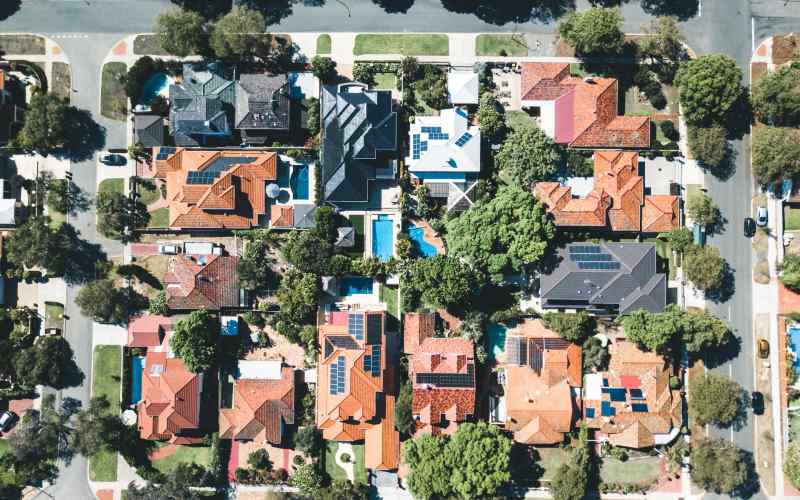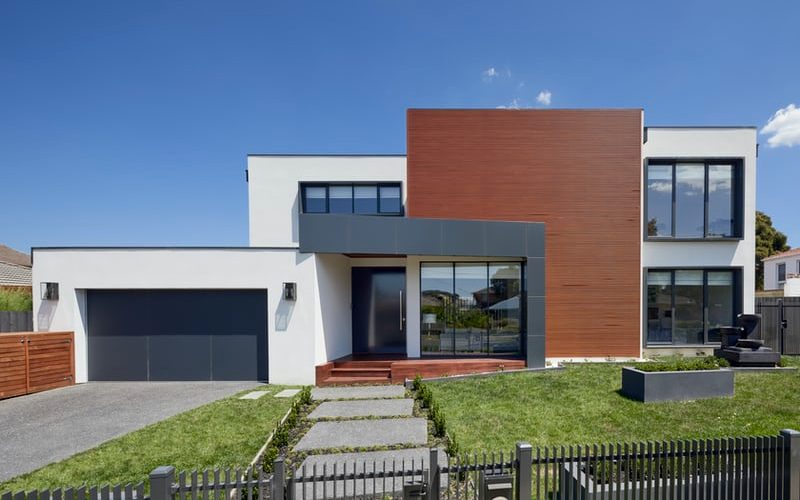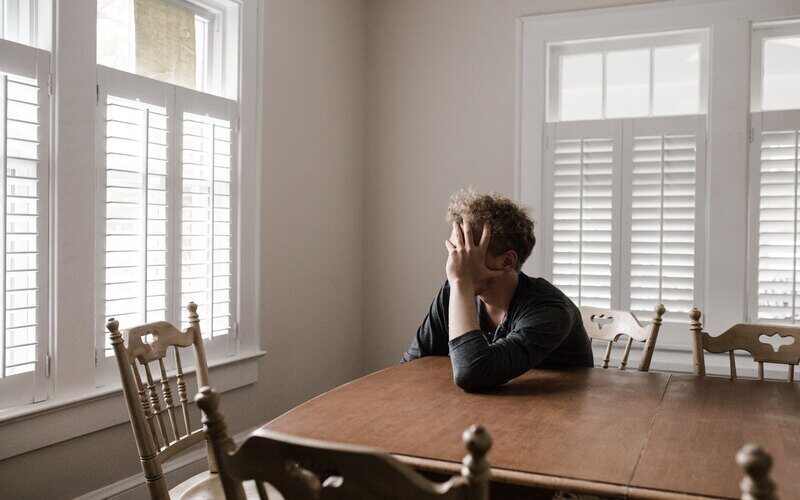With the cost of housing front of mind for a number of Ausssies nationwide, the Labor Government’s National Housing Accord flagged in October’s budget is set to build a million affordable homes over five years from 2024.
While this number may jump off the page, CoreLogic’s Head of Australian Residential Research Eliza Owen said the target is not ambitious, given recent completions match this.
“ABS dwelling completions data suggests 974,732 homes were constructed in the five years to June 2022 and an average of 1,010,723 have been completed on a five-year basis since 2017,” Ms Owen said.
InvestorKit Head of Research Arjun Paliwal noted 10,000 places here and there or similar building trends over the last five years being repeated isn’t enough.
"Many fail to understand that we are to see circa 200,000 incoming migrants with the cap lift each year and that Australia typically sees 450,000-550,000 housing transactions per year,” Mr Paliwal said.
Returns north of 6% or bust
With the investment of institutional funds flagged as a pathway to achieve affordable housing, the likes of AustralianSuper and Australian Retirement Trust intend to support the Accord and invest in affordable and social housing.
Despite this, the Industry Super Australia-commissioned report detailed social housing presents several hurdles for superannuation funds at present including lack of adequate returns, perceived reputational risk, and sub-optimal scale of investments.
AustralianSuper Chief Exectutive Paul Schroder said while beneficial, the overriding objective of the fund remains to help members achieve the best financial position in retirement.
“Residential housing requires an expected investment return between 6% and 11%, depending on the development risk that funds take on and share with partners,” Mr Schroder said.
As reported in the Australian Financial Review, AustralianSuper is not prepared to take on board affordable housing projects warranting returns any less than 6% per annum.
Super investments may still not meet affordable housing requirements
Industry Super's report released Tuesday revealed the availability of affordable housing has fallen significantly over the past three decades, with Australia falling under the OECD average for both the proportion and spend associated with social housing.
The report revealed the proportion of public and community housing stock has continued to dwindle in Australia since 1981, with figures for 2021 detailing 3.8% of all housing stock is designated to affordable and social housing.
Research from the University of New South Wales City Futures Research Fund in collaboration with Community Housing Industry Association detailed as of the 2021 census night, 640,000 Australian households are not in appropriate housing, while one in 15 are experiencing homelessness, overcrowding or rental stress.
The research revealed by 2041 an additional 300,000 households will not be living in appropriate housing - a total of 940,000 Australian households.
National Shelter CEO Emma Green said unmet needs will continue to grow unless supply reaches the right people.
“This is not a problem that can simply be left to the market,” Ms Green said.
“Meeting the needs of households will require intervention and investment starting with at least 25,000 new social and affordable homes annually in the near future to house the approximate one in ten households whose needs will not otherwise be met.”
Under the National Housing Accord, a million new homes will be built from 2024, comprising a total of 20,000 per year - with each state and territory contributing 10,000.
Housing Industry Association’s (HIA) latest quarterly forecasts detailed Australia is on track to achieve the construction of 965,760 homes in the five years to 2028.
This falls nearly 35,000 short of the target of a million homes outlined by the initial Housing Accord.
Importantly, HIA’s forecasts assume no further increases in the cash rate, ongoing growth in the number of multi units constructed and a return of overseas migrants, students and tourists.
“If, however, the RBA continues to increase the cash rate in 2023, this forecast will be downgraded significantly,” HIA said.
RBA to deliver no ho-ho-holiday joy
The RBA is expected to increase the cash rate by 25 basis points again in December.
This increase would mark the seventh-consecutive increase to the cash rate, marking 300 basis points of tightening since May.
Many economists don't see a halt in the fast pace of interest rate tightening until mid-2023 or when the cash rate reaches up to 3.85%.
Speaking earlier this month, RBA Deputy Governor Michelle Bullock said the rental market is one of the key domestic factors the RBA is monitoring closely in terms of inflation forecasts and policy.
“Rental vacancy rates have declined since the beginning of the year and are at historic lows in several cities,” Ms Bullock said.
“Close to one-third of Australian households rent and many of these households have relatively low income and wealth. Higher rents could push some renters into financial stress, particularly when combined with broader cost-of-living pressures.”
PropTrack's rental report for the September quarter revealed rental stock remains at its lowest level in almost 20 years, declining 20.5% year-on-year.
The decrease in stock is having the adverse effect on demand, with the report revealing realestate.com.au listing traffic increased 18.8% in the past year.
Further, rents grew at the fastest quarterly pace on record in the September 2022 quarter, lifting 4.3%.
Westpac Chief Economist Bill Evans notes it is becoming clearer based on the evidence that high inflation will extend into 2023.
“A central bank, confronted with such developments, which decides to pause, can only do so on the basis of clear confidence in their forecasts that inflation is set to ease significantly,” Mr Evans said.
“Pre-emptive policy based on forecasts is unlikely to be the preferred option of this central bank.
“Westpac continues to expect 25 basis point increases in the cash rate in December; February; March and May for a terminal rate of 3.85%.”
Advertisement
Buying a home or looking to refinance? The table below features home loans with some of the lowest interest rates on the market for owner occupiers.
| Lender | Home Loan | Interest Rate | Comparison Rate* | Monthly Repayment | Repayment type | Rate Type | Offset | Redraw | Ongoing Fees | Upfront Fees | Max LVR | Lump Sum Repayment | Extra Repayments | Split Loan Option | Tags | Features | Link | Compare | Promoted Product | Disclosure |
|---|---|---|---|---|---|---|---|---|---|---|---|---|---|---|---|---|---|---|---|---|
5.54% p.a. | 5.58% p.a. | $2,852 | Principal & Interest | Variable | $0 | $530 | 90% |
| Promoted | Disclosure | ||||||||||
5.49% p.a. | 5.40% p.a. | $2,836 | Principal & Interest | Variable | $0 | $0 | 80% |
| Promoted | Disclosure | ||||||||||
5.64% p.a. | 5.89% p.a. | $2,883 | Principal & Interest | Variable | $250 | $250 | 60% |
| Promoted | Disclosure | ||||||||||
5.64% p.a. | 5.89% p.a. | $2,883 | Principal & Interest | Variable | $248 | $350 | 60% |
| Disclosure |
Image by Isaac Quesada via Pexels

Ready, Set, Buy!
Learn everything you need to know about buying property – from choosing the right property and home loan, to the purchasing process, tips to save money and more!
With bonus Q&A sheet and Crossword!








 Harrison Astbury
Harrison Astbury
 Emma Duffy
Emma Duffy











